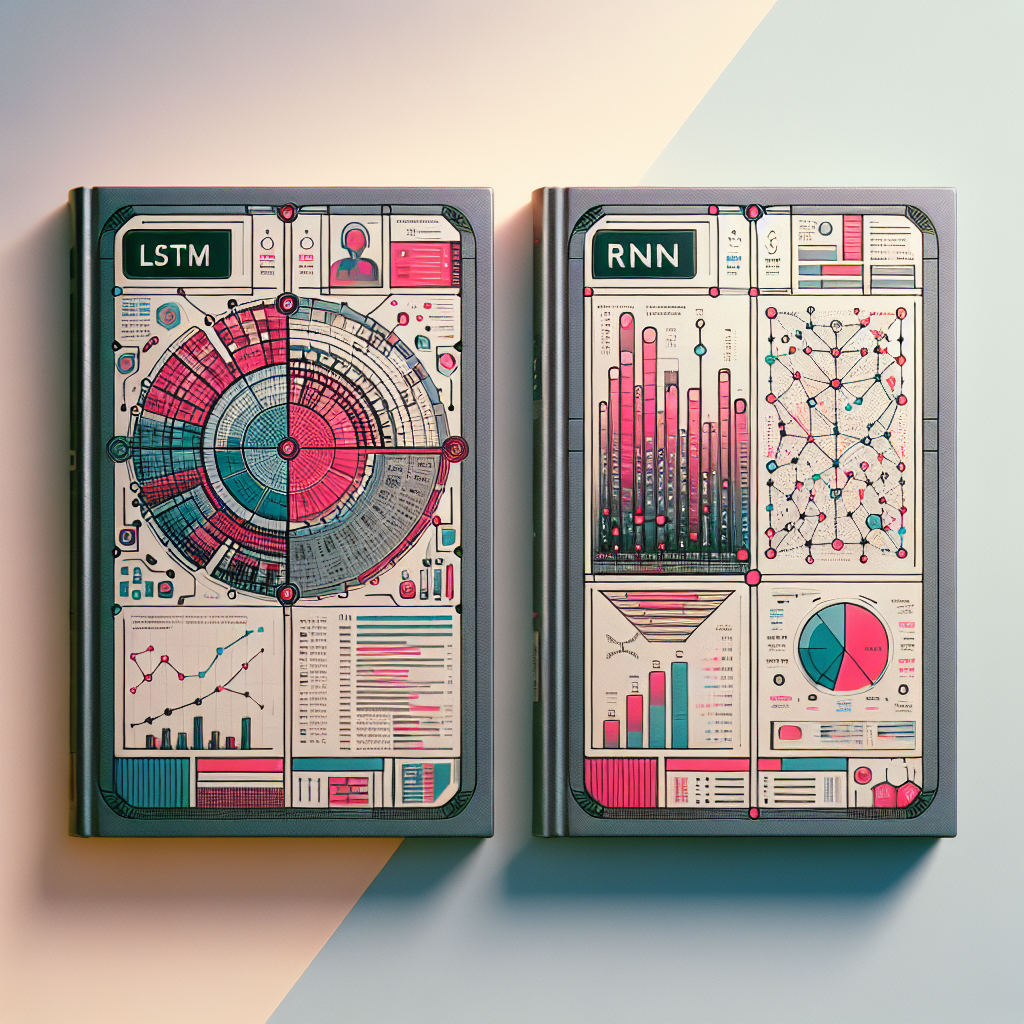Your cart is currently empty!
LSTM vs. RNN: Exploring the Differences and Advantages

Long Short-Term Memory (LSTM) and Recurrent Neural Networks (RNN) are two popular types of neural networks used in the field of deep learning. Both models are designed to handle sequential data, making them ideal for tasks such as natural language processing, speech recognition, and time series prediction. While both models have their strengths and weaknesses, there are some key differences and advantages that set them apart.
RNNs are a type of neural network that have connections between nodes that form a directed cycle, allowing them to process sequences of data one element at a time. RNNs are known for their ability to capture temporal dependencies in data, making them well-suited for tasks that involve analyzing sequences of data. However, RNNs can suffer from the vanishing gradient problem, where gradients become very small as they are propagated back through time, leading to difficulties in training the network effectively.
LSTMs, on the other hand, are a type of RNN that are specifically designed to address the vanishing gradient problem. LSTMs use a more complex architecture with additional gates and memory cells that allow them to remember information over longer time periods, making them better suited for tasks that involve long-term dependencies in data. LSTMs have been shown to outperform traditional RNNs on tasks such as language modeling, speech recognition, and machine translation.
One of the key advantages of LSTMs over RNNs is their ability to handle long sequences of data more effectively. LSTMs are able to remember important information over longer time periods, making them better suited for tasks that involve processing sequences of data that span a large number of time steps. This can be particularly useful in tasks such as machine translation, where the model needs to remember context from earlier parts of the sentence in order to generate an accurate translation.
Another advantage of LSTMs is their ability to learn complex patterns in data more effectively. LSTMs are able to capture long-term dependencies in data by selectively storing and updating information in their memory cells, allowing them to learn more nuanced patterns in the data. This can be particularly useful in tasks such as speech recognition, where the model needs to identify subtle differences in pronunciation in order to accurately transcribe spoken language.
In conclusion, while both LSTM and RNN models are useful for handling sequential data, LSTMs have several advantages over traditional RNNs. LSTMs are better suited for tasks that involve long sequences of data and complex patterns, making them a popular choice for a wide range of applications in deep learning. By understanding the differences and advantages of LSTM and RNN models, researchers and practitioners can choose the right model for their specific task and achieve better performance in their machine learning projects.
#LSTM #RNN #Exploring #Differences #Advantages,lstm

Leave a Reply